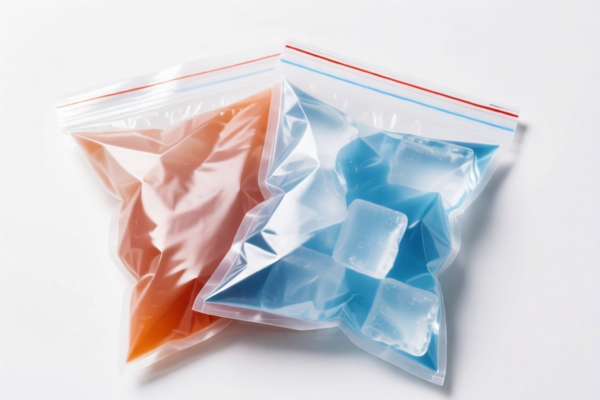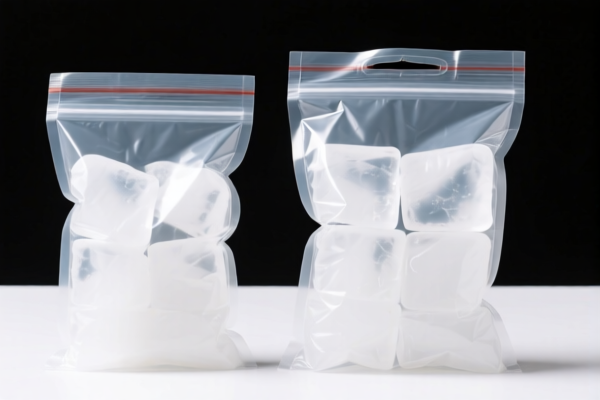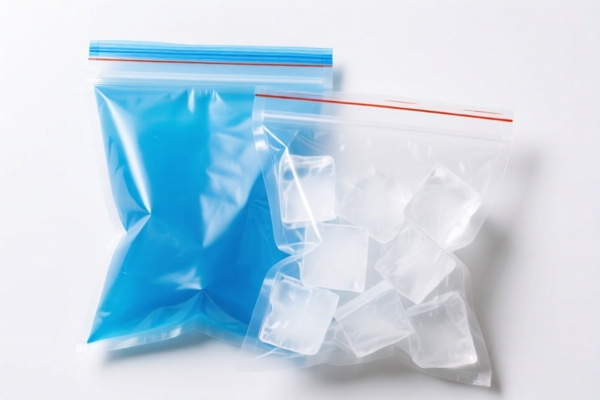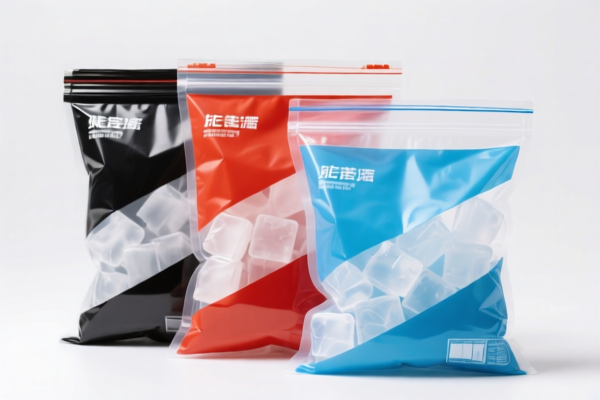| HS Code | Official Doc | Tariff Rate | Origin | Destination | Effective Date |
|---|---|---|---|---|---|
| 4014905000 | Doc | 34.2% | CN | US | 2025-05-12 |
| 4014901000 | Doc | 30.0% | CN | US | 2025-05-12 |
| 4016990500 | Doc | 40.9% | CN | US | 2025-05-12 |
| 3923900080 | Doc | 58.0% | CN | US | 2025-05-12 |
| 3923500000 | Doc | 60.3% | CN | US | 2025-05-12 |
| 3926902100 | Doc | 41.7% | CN | US | 2025-05-12 |
| 6114909070 | Doc | 35.6% | CN | US | 2025-05-12 |




Ice Bag
An ice bag is a pouch, typically constructed from a flexible material, designed to hold ice, cold water, or gel packs for therapeutic purposes.
Material
- Rubber: Traditional ice bags are made of natural or synthetic rubber, offering flexibility and durability.
- PVC (Polyvinyl Chloride): A common plastic material, PVC provides a cost-effective and waterproof option.
- Nylon or Polyester: Often used for outer layers or reinforced bags, offering increased strength and resistance to punctures.
- Fabric with Waterproof Lining: Bags may feature a fabric exterior for comfort with an internal waterproof layer to contain liquids.
Purpose
The primary purpose of an ice bag is to apply cold therapy (cryotherapy). This is used to:
- Reduce Swelling: Cold constricts blood vessels, minimizing inflammation and fluid buildup.
- Alleviate Pain: Cold numbs nerve endings, providing temporary pain relief.
- Reduce Bruising: By constricting blood vessels, ice can limit blood leakage into surrounding tissues.
- Manage Muscle Soreness: Used post-exercise or after injury to reduce inflammation and discomfort.
Function
Ice bags function by transferring thermal energy away from the body. The cold temperature causes vasoconstriction (narrowing of blood vessels), which:
- Decreases metabolic activity in the affected area.
- Reduces the release of pain-causing chemicals.
- Limits the formation of edema (swelling).
Usage Scenarios
- Sports Injuries: Sprains, strains, contusions, and muscle pulls.
- First Aid: Head injuries, minor burns, and insect bites.
- Post-Surgical Recovery: Reducing swelling and pain after operations.
- Headaches/Migraines: Applying cold to the forehead or temples.
- Dental Procedures: Reducing swelling and discomfort after extractions or other dental work.
Common Types
- Traditional Rubber Ice Bags: Require filling with ice or cold water. Often feature a screw-top closure.
- Reusable Gel Ice Packs: Contain a non-toxic gel that can be frozen and reused. Available in various shapes and sizes.
- Instant Cold Packs: Contain chemicals that mix when activated, creating an immediate cooling effect. Single-use.
- Wrap-Around Ice Bags: Designed to conform to specific body parts (e.g., knee, elbow, ankle) for targeted therapy.
- Ice Bag with Compression Sleeve: Combines cold therapy with compression to further reduce swelling and provide support.
Ice bags fall under the category of articles of plastics and articles of other materials, specifically designed for medical or therapeutic use.
Here are the relevant HS codes based on the provided information:
- 3926902100: Other articles of plastics and articles of other materials of headings 3901 to 3914: Other: Ice bags; douche bags, enema bags, hot water bottles, and fittings therefor; invalid and similar nursing cushions; dress shields; pessaries; prophylactics; bulbs for syringes; syringes (other than hypodermic syringes) and fittings therefor, not in part of glass or metal.
- 39: Chapter 39 covers plastics and articles thereof.
- 26: Heading 3926 specifically relates to other articles of plastics and articles of other materials.
- 902100: This subheading further defines the articles as ice bags, douche bags, enema bags, hot water bottles, and related fittings, excluding those made partially of glass or metal.
Regarding HS code 3926902100, please note that the description explicitly includes “ice bags” and specifies that the articles should not be made in part of glass or metal. This suggests that material verification may be required to confirm compliance with these specifications.
Customer Reviews
No reviews yet.